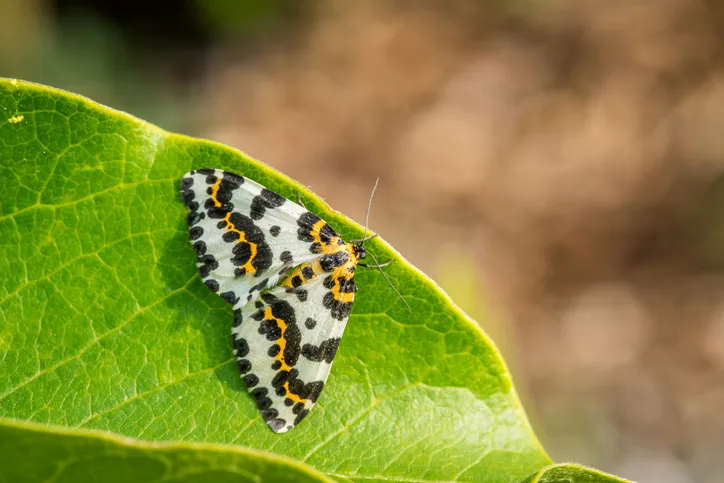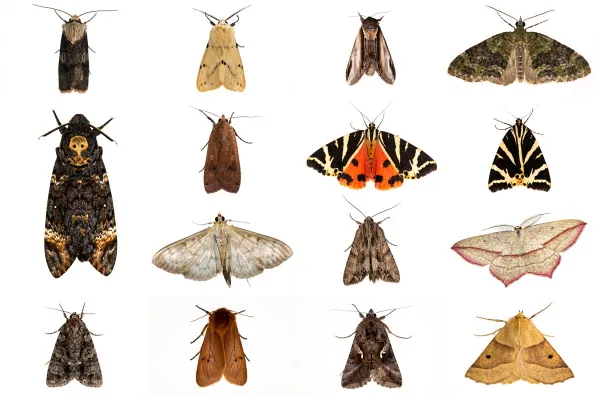The North Sea and English Channel provide a natural barrier for many potential colonising species, but horticultural trade offers a route into the UK for moth eggs, caterpillars or even pupae concealed among imported plants, a recent study reveals.
Climate change is also altering conditions, enabling moths to thrive in new habitats.
"Almost 30 new species of pyralid moth have been recorded in the UK in the last 30 years with eight becoming established residents," said wildlife publisher Atropos and wildlife charity Butterfly Conservation.

Among the recent arrivals are:
- Musotima Nitidalis – originally from Australia and New Zealand, this moth is thought to have entered the UK in 2009 due to horticultural trade. It can now be found in areas of southern England where its caterpillars feed on ferns such as bracken.
- Evergestis Limbata – now settled along the south coast of England after first being recorded in 1994.
- Pyrausta aurata – The day-flying Mint Moth can be found in garden herb patches and open grassland habitats.
- Anania hortulata and Pleuroptya ruralis – the black and white Small Magpie and the Mother of Pearl can be found in gardens and near nettle patches. Other common migrants include the Rush Veneer and Rusty-dot Pearl.

This recent increase in species comes at a time when many of the UK's moths are in decline as a result of habitat loss and agricultural intensification. Several pyralids are rare and threatened in the UK.
"Moths are often portrayed as boring, brown and impossible to identify but pyralids explode these myths with simply stunning species such as the Scarce Crimson and Gold, and amazing life histories, such as the Beautiful China-Mark, whose caterpillars live under water," said Butterfly Conservation Associate Director of Recording, Richard Fox.
During this year's UK-wide Moth Night (14-16 June), organisers are encouraging the public to identify and record pyralid moth sightings in their own gardens, the countryside and at specially organised moth trapping events.
The findings will assist scientists as they determine how these moths are faring across the UK and if any new species have arrived.

"The three days and nights of Moth Night 2018 are an ideal opportunity to search for (pyralids) in your garden or further afield, including at organised events. By submitting your sightings via our website you are helping with research to understand the status of UK wildlife," said ecologist at the Centre for Ecology & Hydrology, Marc Botham.
"This year for the first time Moth Night is focussing on a fascinating group of micro-moths." added Richard Fox.
Moth Night 2018 runs from 14 June to 16 June and will include moth trapping events across the UK. To find your local Moth Night, visit www.mothnight.info
Main Image © Butterfly Conservation